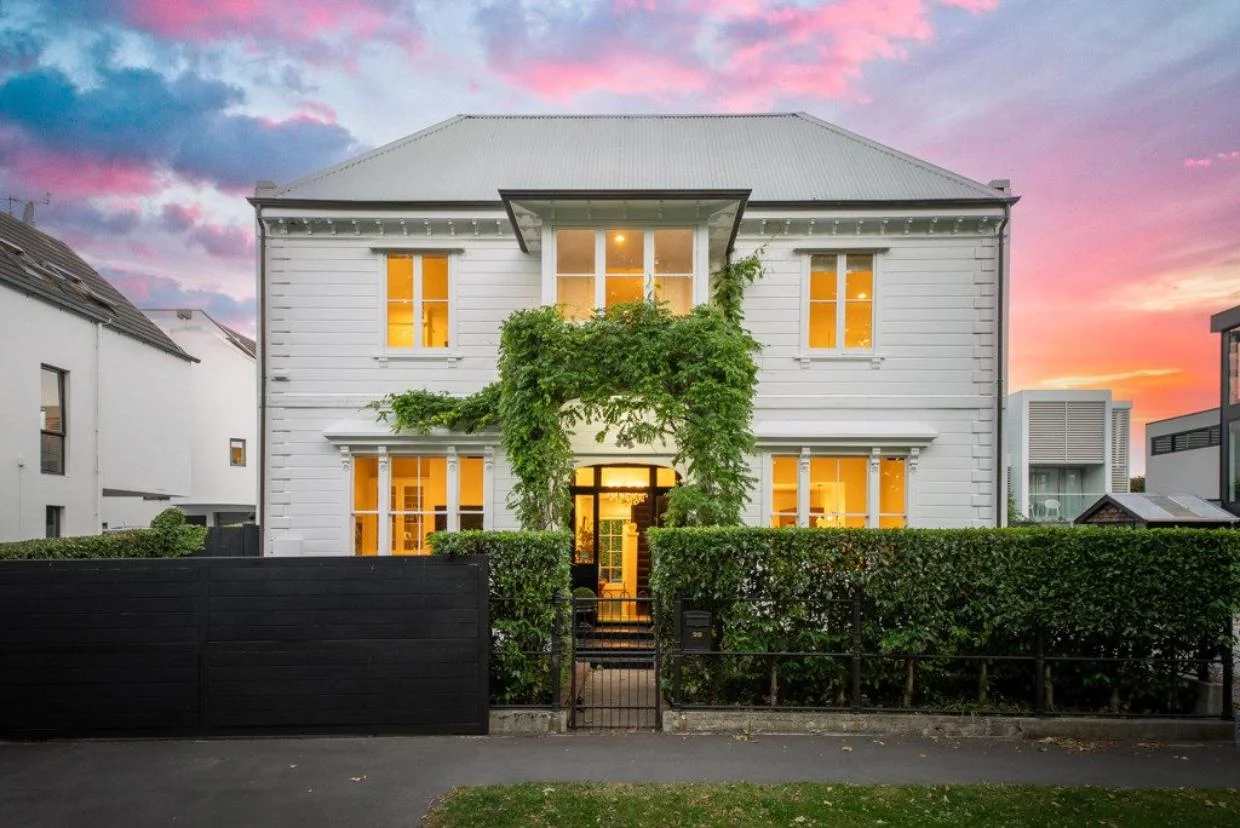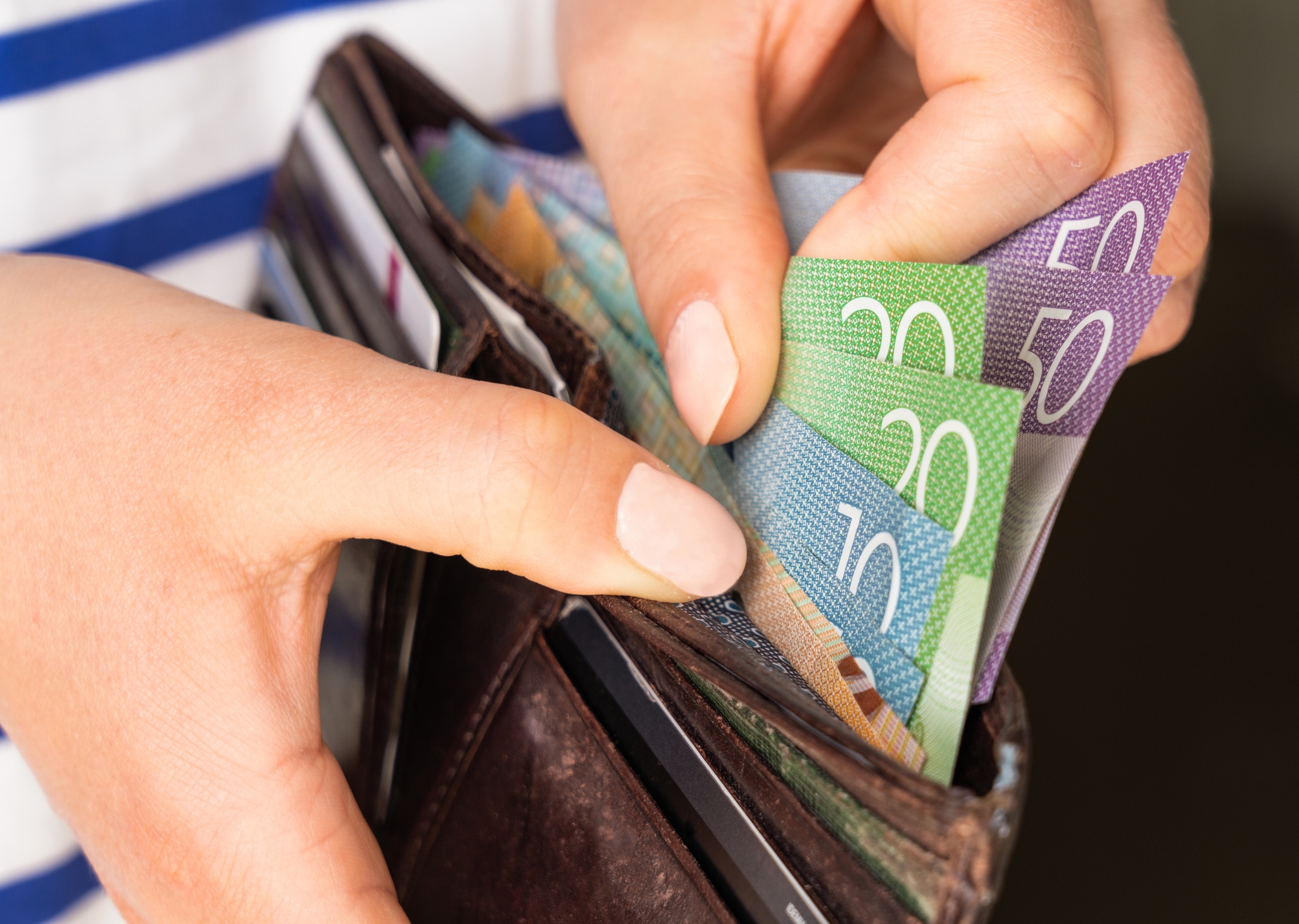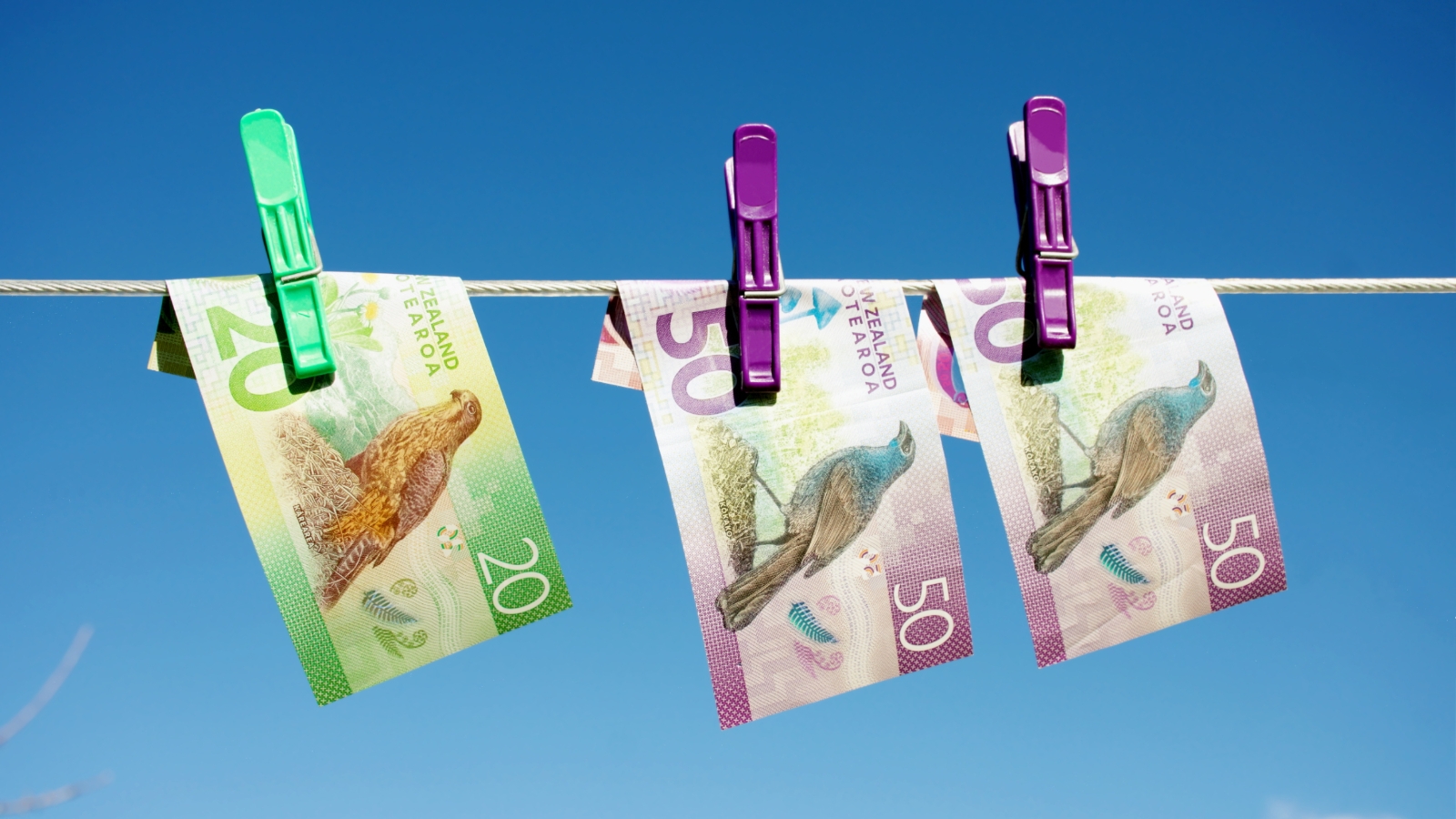Buying guide
Kiwisaver withdrawal rules: A complete guide
Need those savings?

Kiwisaver was founded in 2007 to help boost our savings for retirement and beyond. That means generally you can’t access yours until you reach 65, but there are a few exceptions – here’s everything you need to know about Kiwisaver withdrawal rules.
When can I withdraw my Kiwisaver?
- To buy your first home.
When you reach the NZ retirement age of 65.
To buy your second or subsequent home in some limited circumstances.
If you’re moving to a new country for good.
If there are extenuating circumstances like financial hardship, serious illness or death.
Kiwisaver first home withdrawal rules
Congratulations! When you’re ready to buy your first home you may be able to withdraw your Kiwisaver balance – to be eligible you must:
Be buying a home or piece of land in NZ.
Be buying your first home or piece of land.
Have never withdrawn funds from Kiwisaver to buy property.
Plan to live in the home you buy for at least six months.
Have been with Kiwisaver for at least three years.
You’ll need to leave at least $1,000 in your account and tick a few other boxes when withdrawing. Read more about Kiwisaver first home withdrawal rules.
Withdrawing Kiwisaver when you’ve reached retirement age
When you hit 65 – woohoo! – you’re eligible to withdraw your entire Kiwisaver fund, with a few exceptions. To withdraw your balance you need to contact your Kiwisaver provider and they’ll set the process in motion, but before that you have a few options to consider:
Full withdrawal
If you withdraw all of your Kiwisaver you need to be mindful that, if you’re no longer working, this money may need to last you for the rest of your life. It’s a good idea to speak to a financial advisor to discuss a way to make your money work for you via investments.
Partial withdrawal
You could withdraw a lump sum from your Kiwisaver to serve a purpose such as paying off your mortgage, paying off other high interest debts or treating yourself to a holiday. Once again, it’s important to make sure you speak to a financial advisor to make sure your balance can continue to support your lifestyle post-retirement.
Regular withdrawals
It may be a good idea to leave your Kiwisaver balance in your account indefinitely instead of withdrawing it right away. You could, instead, withdraw a small amount regularly to cover your living expenses, while the rest stays in your account earning a return. If you’re interested in this strategy, speak to a financial advisor and Google the 4% rule.
It's usually best to leave your Kiwisaver where it is for as long as possible (but that's not always possible).
Withdrawing your Kiwisaver to buy your second or subsequent home
In some limited circumstances Kiwisaver withdrawal rules may allow you to withdraw your balance if you’re purchasing your second or subsequent home. That is as long as you:
Meet the regular eligibility requirements for a Kiwisaver first home withdrawal.
Don’t have any sellable assets worth more than 20% of the house price cap for an existing home in the area you’re looking for.
You’ll need to make two applications for a Second Chance withdrawal. One to Kāinga Ora and one to your Kiwisaver provider.
Read more about withdrawing your Kiwisaver to buy a second home.
Withdrawing your Kiwisaver if you’re moving to a new country
Planning to move overseas permanently? You may be able to transfer your Kiwisaver to an approved scheme in the country that you’re moving to, but (surprise, surprise) there are a bunch of rules that govern this.
If you’re moving to Australia
You can transfer your balance to an Australian complying super scheme, but it’s important that you first check that your scheme will facilitate the transfer (not all do).
If you’re moving to any other country that’s not Australia
You’ll need to wait a year before you can transfer your Kiwisaver balance over. You’ll also need to leave your government contributions, and money you previously transferred over from an Australian super fund.
If you’ve retired under Australian law
At the age of 60+ you can withdraw any funds you transferred to Kiwisaver from an Australian super fund.
Going overseas for good is one reason you may be able to withdraw your Kiwisaver balance.
Extenuating circumstances Kiwisaver withdrawal
Life happens – when it gets hard, you may be able to withdraw your Kiwisaver to get through. Here are a few examples:
Financial hardship: if you’re having a tough time with money you may be able to withdraw your Kiwisaver balance. For example, if you can’t cover minimum living expenses such as your mortgage or rent.
Sickness: if you’re severely ill or have a life shortening condition you may be able to withdraw money to help cover lost income or medical treatment. This will depend on medical evidence provided by a professional.
Death: if you die, your Kiwisaver will generally be paid to your estate. You may also be able to withdraw a portion of your balance to cover the costs of funerals for immediate family.
If you think you qualify under these circumstances, it’s a good idea to speak to a financial advisor or your Kiwisaver provider. They’ll help you submit all the necessary forms and ensure they’re correctly completed.
Understand the impact of Kiwisaver withdrawal
If you withdraw from your Kiwisaver early it may severely reduce your retirement savings. Before you withdraw, for any reason, it’s important that you understand the impact that it could have on your balance – as well as how that may affect your retirement.
For example, let’s say you’ve been putting $250 aside per month and have a $50,000 balance in your Kiwisaver.
- If you kept going at that rate you’d have a balance of $1,520,673 in 20 years.
If you withdrew your entire balance then continued to put the same amount aside you’d have $1,360,316 in 20 years time.
That’s a difference of over $160,000, more than three times the amount you withdraw.
Due to the impact an early withdrawal can have it should always be a last resort, and you should never make the decision lightly. It’s always best to seek financial advice from an impartial professional that you can trust and run the numbers yourself so you know the full implications of the withdrawal.
DISCLAIMER: The information contained in this article is general in nature. While facts have been checked, the article does not constitute a financial advice service. The article is only intended to provide general information about Kiwisaver withdrawal rules in NZ. Nothing in this article constitutes a recommendation that any action is suitable for any specific person. We cannot assess anything about your personal circumstances, your finances, or your goals and objectives, all of which are unique to you. Before making decisions about your Kiwisaver we highly recommend you seek professional advice.
Author
Discover More

Trade Me’s most-viewed property listings of 2025 revealed: From an ark house to a golden retriever homestay
Needing inspiration? Trade Me's compiled the most popular property listings of 2025, see the homes Kiwi love to look at

1800s landmark Christchurch house looking for new owners
A post-earthquake makeover has restored the splendour of this landmark house in Christchurch, which is for sale.
Search
Other articles you might like






